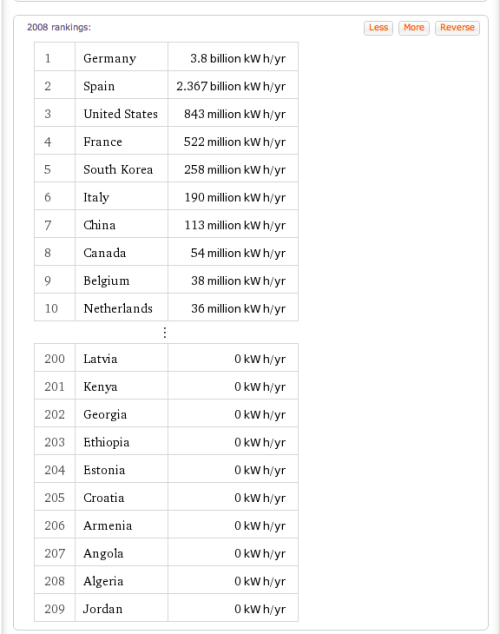posted by @ulaulaman about #chemistry #comics #tears
From the collaboration between the
National Cartoonists' Society and the
Center for Cartoon Studies, it is born the first issue of the first volume of the on-line magazine
The Cartoon Crier. The tabloid is a collection of the saddest strips and cartoons from a lot of great cartoonists. In particular there is also a science comics,
Lacrimal studies 101 by
Jon Chad, from the
Fizzmont institute of rad science(1).
The structure of the comic is like the series of stories named
A Goofy Look At... and
Goofy as a famous hystoric persons drawned in particular by
Hector Adolfo de Urtiága, one of the cartoonists of the
Jaime Diaz's studios.
But stop to write about comics and start with science, in particular about the three type of
tears that our eyes can produce: basal, reflex and emotional.
Basal tears are produced by our eyes constantly to keep them moist. These tears contain glucose, mucin, lysozyme, lactoferrin, lipocaln, potassium and sodium
Reflex tears are produced when an irritant either physical (a poke in the eye) or chemical (onion fumes) agitates an eye!!
About the emotional tears
(2) I find, instead, an interesting paper published last year on
Science(3). First of all there is the composition:
Tears are drops of liquid produced by the lacrimal, accessory lacrimal, and Meibomian glands, which contain proteins, enzymes, lipids, metabolites, electrolytes, and traces of drugs. In mice, tears contain a chemosignal or pheromone. Because the chemical makeup of human emotional tears differs from that of reflexive eye-protective tears, we hypothesized that human tears may similarly convey a chemosignal.
The research team, in order to test their hypothesis, choses a group of women between 30 and 31 years and has occurred the effect of their tears on various groups of men. For various types of emotions and tears were used different groups of donors (each group had an average age 30 years old) and after the samples are submitted to the attention of different groups of men (mean ages of groups were between 28 and 29 years old). First of all, we must note that the first test has been necessary to understand if the tears had some odor able to distinguish them than, for example, a saline solution. After determining that the tears do not have characteristic odors, they went ahead quietly with the actual experiment that aimed to test one of the two hypotheses under consideration, i.e. either that tears contain chemical signals related to the context of sadness in which they were produced, or that human tears, such as those of the mice, are capable of signaling information related to the behavior sociosexual.
We can summarize the results with the following paragraph from the abstract:
We found that merely sniffing negative-emotion–related odorless tears obtained from women donors induced reductions in sexual appeal attributed by men to pictures of women's faces. Moreover, after sniffing such tears, men experienced reduced self-rated sexual arousal, reduced physiological measures of arousal, and reduced levels of testosterone. Finally, functional magnetic resonance imaging revealed that sniffing women's tears selectively reduced activity in brain substrates of sexual arousal in men.
The results, of course, carry with them a series of questions, such as which are the substances inside the tears responsible for this type of response, or if such signals is restricted to emotional tears, or if we can still find the same effect even in the tears of men than women.
It's also interesting to note what is not said in the paper, namely that this kind of research can provide the best information to more effectively convey a certain kind of commercial messages. Discover something about ourselves, like in this case, presents a downside: it can trivially be used against us. However I think that the beauty of the world around us is equal to similar risks, especially if certain findings are not closed to the rooms of the researchers and donors.
(1) A fake institute where we talk about REAL science!
(2) About emotional tears, I translate you a breaf quote from an
italian pdf about tears:
This last type of tears [the emotional tears] contains very high percentages of manganese and some hormones including prolactin
(3)
Gelstein, S., Yeshurun, Y., Rozenkrantz, L., Shushan, S., Frumin, I., Roth, Y., & Sobel, N. (2011). Human Tears Contain a Chemosignal Science, 331 (6014), 226-230 DOI: 10.1126/science.1198331
(4) Other links about research:
Christine Dell'Amore for National Geographic and
Janelle Weaver for Scientific American











